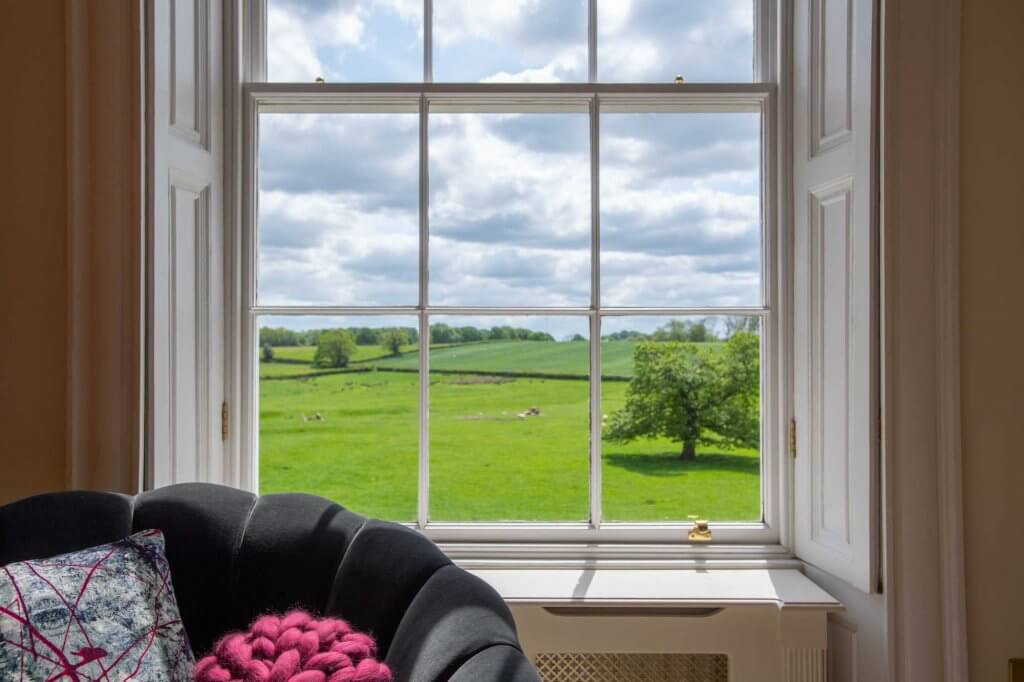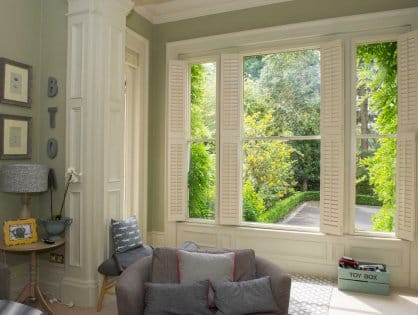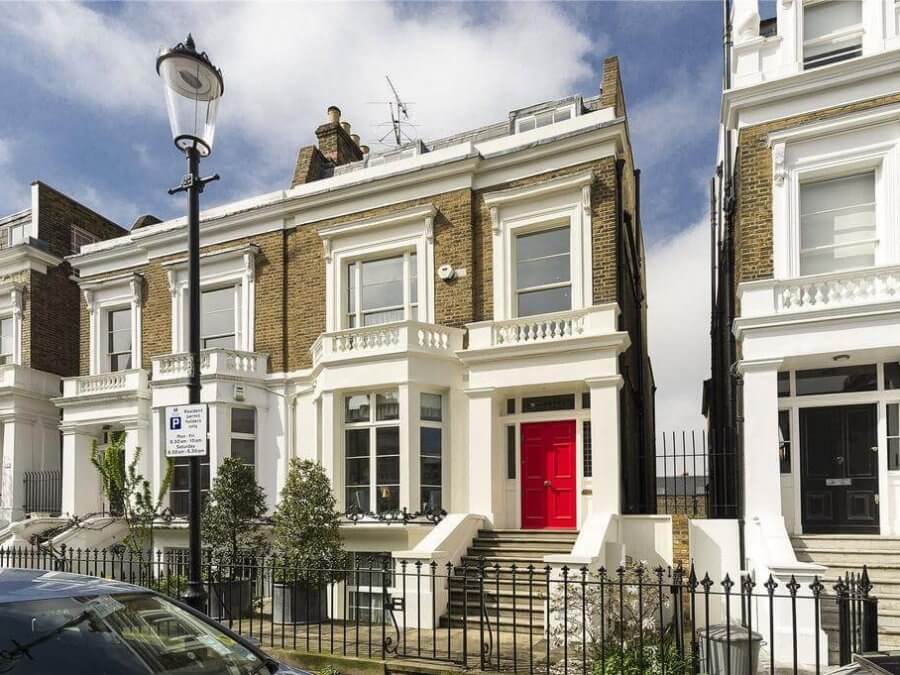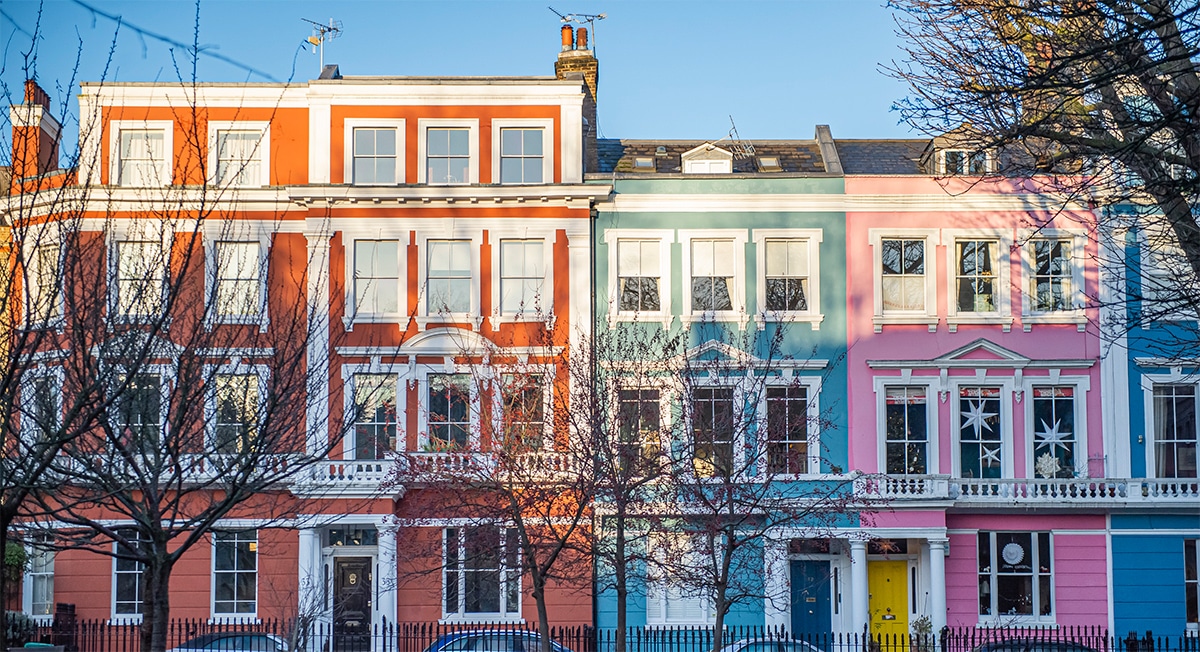Energy efficiency in the industry: how far have timber sash windows come?
Timber sash windows have a rich and decorated history. The sight of two sashes seamlessly gliding vertically over each other has become synonymous with Britain’s architectural heritage. However, with growing climate concerns and increasingly strict building regulations, the timber sash window has had to adapt to remain an energy-efficient option for listed properties. Here is the story of this iconic window design and its continued development into the 21st century.

The history of the timber sash window
There is much debate as to when and where the first timber sash windows truly originated. There are some primitive versions of the design dating back to the 13th century, but these were just wooden shutters that slid over each other. It wasn’t until the mid-17th century that the design we all know and recognise was invented in France.
The two glazed, vertically sliding panes were designed for safer usage in stairways, which inward-opening casement windows had previously obstructed.
When the design made its way to England, it was seen as strictly for aristocratic households only. This is why the style is so common for listed buildings and buildings of cultural significance. However, by the Victorian period, as glass became more easily accessible to the masses, vertical sliding sash windows became the principal style.
Read the full history of the timber sash window here.
Modern developments in window efficiency
Research from Glasgow Caledonian University estimated that a timber sash window from the late-Victorian period would have exhibited U-values of around 4.5 W/m²k. This is obviously nowhere near close enough to the required energy standards of modern windows. The same research concluded that double glazing could have reduced the window’s heat loss by 55%.
Multi-paned windows came into being in the 1970s with the help of aluminium window frames. By the 1980s, double glazing had erupted, and both uPVC and aluminium frames were extremely popular. In just 30 years, the percentage of UK households with double-glazed windows increased from 8% to 93%.
With the introduction of energy ratings in the 1990s, the onus fell on these double-glazed windows to be as energy-efficient as possible. However, this was not a simple transition for listed buildings, many of which had single-glazed timber sash windows.
The issue was that the glass in the old frames was only around 3mm thick, whereas modern glazed units were 12-14mm thick. The sashes could not handle the additional size and weight of the double-glazed unit and so the window would have to be renewed. Herein lay the problem of uPVC; it couldn’t replicate the style of traditional windows, and its installation would detract hugely from the character of the property.

Making timber sash windows more energy-efficient
With over 400,000 listed buildings in the UK, finding solutions to this problem was essential, not just for the environment, but for the preservation of Britain’s cultural heritage. Some of the forward-strides that the industry made included:
Draught preventing strips
These strips were laid down around the circumferences of sash window frames, helping to block the passage of draughts. They were designed to be minimally visible to the naked eye, so to not detract from the window’s overall aesthetics. Research from Glasgow Caledonian University suggested that these helped to reduce draughts by a staggering 70%.
Secondary glazing
For cases where replacing the windows wasn’t possible without damaging the aesthetic quality of the property, secondary glazing was an invaluable solution. Secondary glazing consists of an independent internal window being fitted room-side of an existing window. This helps listed buildings to experience many of the benefits of double glazing, without applying for planning permission or risk paying detriment to the windows’ traditional style.
The process of secondary glazing can cut a property’s heat loss by 60%.
Double-glazed heritage windows
At Ventrolla, we’ve combined the hand-crafted intricacy of traditional timber sash windows with the peaks of modern glazing technology. With slim double glazing, our replacement windows are suitable for many listed properties. They are able to fit comfortably within the existing sash box, or frame, while maintaining the character and style of the original windows.
With over 25% of all heating costs caused by heat loss through windows, the development of timber sash windows has helped thousands of listed buildings to maintain their beauty and functionality. It’s also advised that simple things like heavy curtains and close-fitting roller blinds can help to reduce heat loss in the short term.
Read more tips for cutting energy usage at home here.

The future of timber sash windows
New building regulations come into force in June 2022 which require replacement windows to exhibit U-values of 1.4 W/m²k, with an aim to achieving 0.8 W/m²k by 2025. As a naturally excellent insulator, timber is the window frame material best poised to meet this challenge.
Furthermore, with the current demand for housing and the ever-increasing energy bills, property owners are much more eager to invest in windows that will stand the test of time. With proper treatment and care, timber windows can last in excess of 60 years.
Research for the British Woodworking Federation showed that the market for wooden windows increased by 17.1% in 2014, and has been rising ever since. Within that, 27% of all wooden window sales are for vertical sliding sash windows. Clearly, this style is becoming more popular, both in traditional and contemporary properties.
The Office For National Statistics found that, in 2020, sales of plastic windows and doors reached their lowest point in over a decade. Meanwhile, the UK’s carpentry and joinery sector made £53.1million in window exports as property owners rediscovered their desire for detail and authenticity.
After almost 400 years, the timber sash window has persevered to become a stunning, stylish and eco-friendly choice for property owners. For those that live in listing buildings or in conservation areas, this historic style is sure to combine traditional aesthetics with 21st-century efficiency.

Authentic timber windows in Harrogate and beyond
Ventrolla are the experts when it comes to heritage repairs and installation work on period properties. From terraces, cottages, mansions, and villas, to schools, hospitals, courts and historic civic buildings, we’re confident you won’t find a more dedicated and skilled heritage window company than us.
View our full range of case studies here.
If you have any further questions about heritage windows or timber window renovation, please do not hesitate to contact us.
